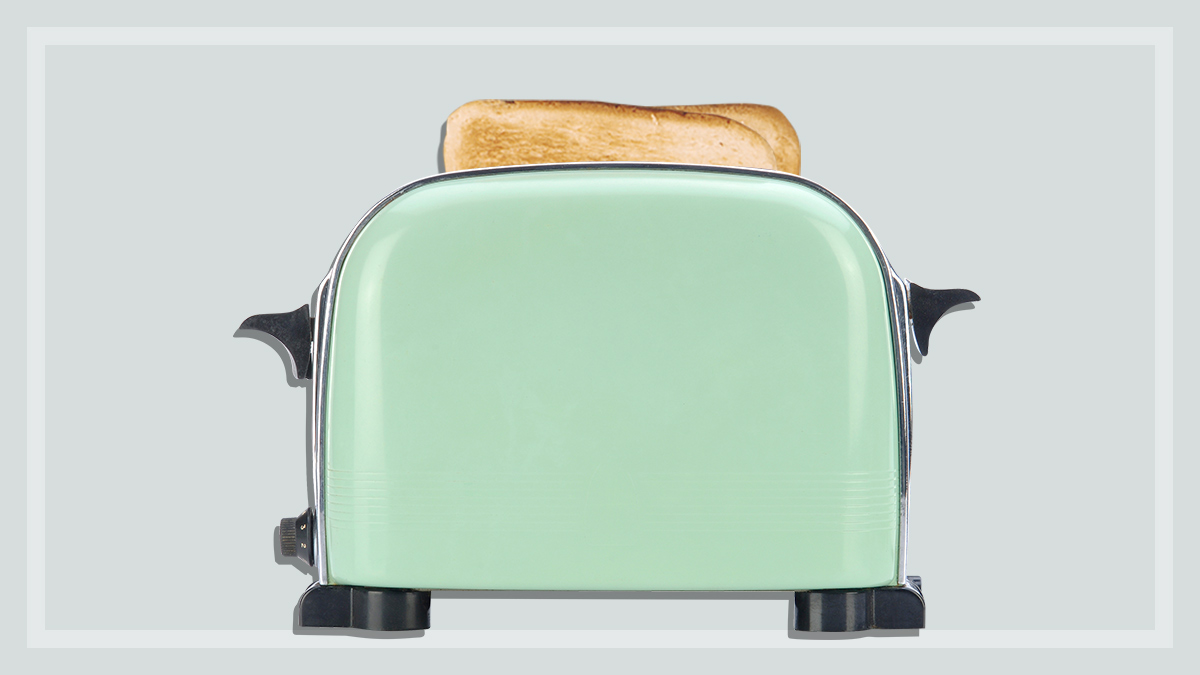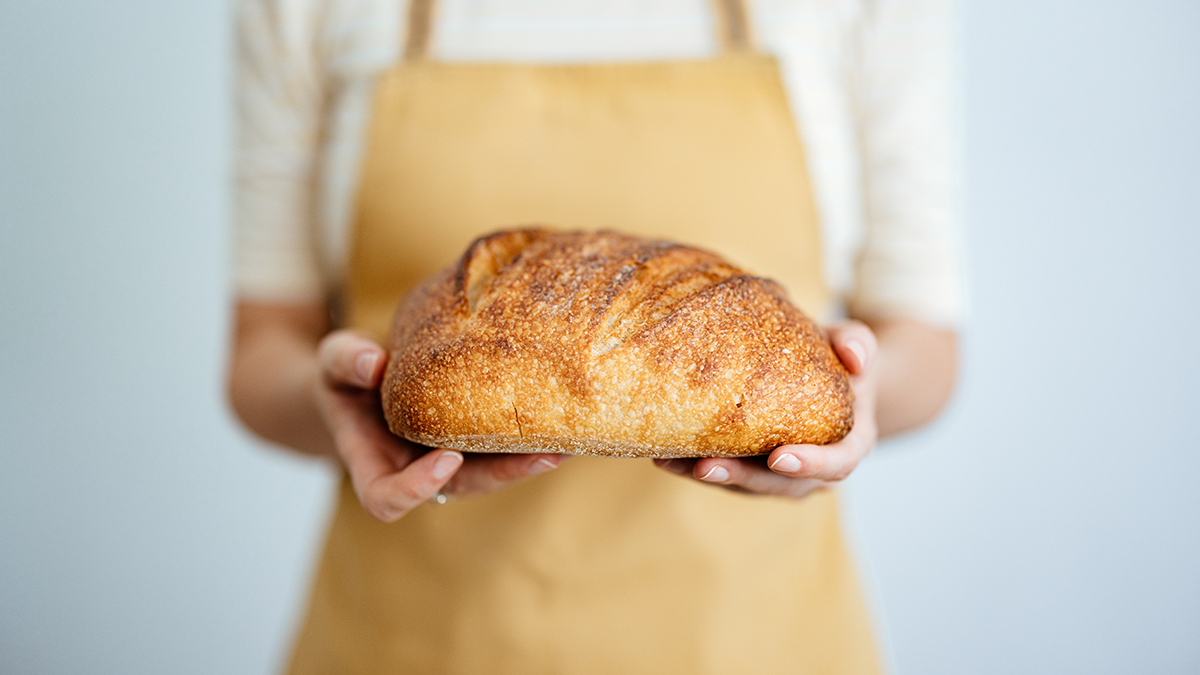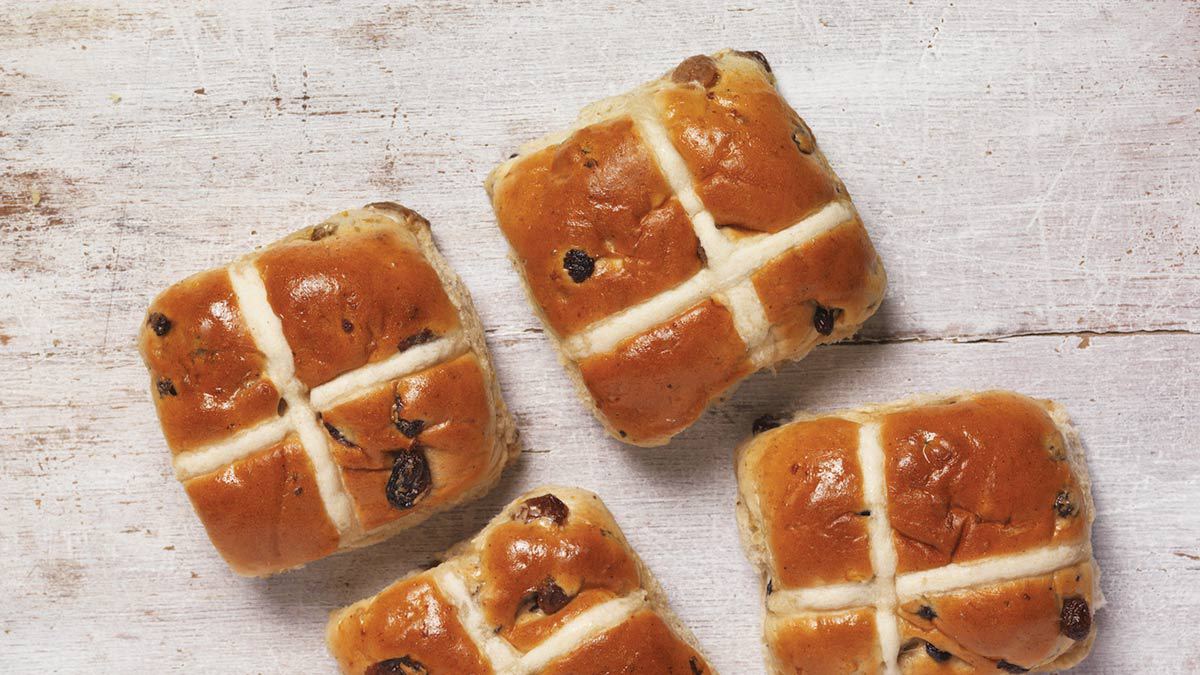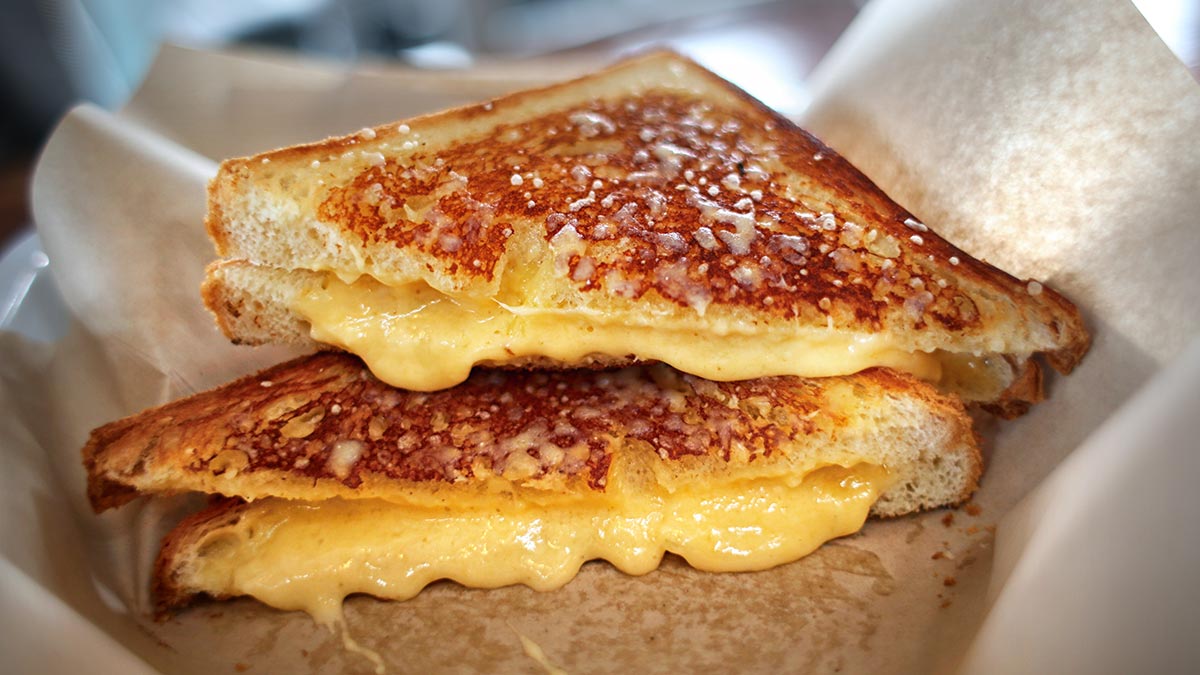Get our independent lab tests, expert reviews and honest advice.
Is wholemeal bread healthy?

Bread is a grocery list staple for most of us. White bread is still the firm favourite, but healthier wholemeal varieties are increasingly popular, which is good news as you’d be hard-pressed to find a more convenient and versatile source of wholegrains, the nutritional powerhouse we should all be eating more of.
On this page:
- Is wholemeal bread healthy?
- How to choose a healthy bread
- Claims you can't count on
- Australian bread market dominated by two companies
- Wholemeal bread recipe
Whether it’s for your brekkie toast, breadcrumbs to use in a recipe or your favourite sandwich, we help you choose the best wholemeal bread loaf.
Is wholemeal bread healthy?
The short answer is yes, although some wholemeal breads are more nutritious than others.
Australian Dietary Guidelines tell us to eat more wholegrains, and recommend that adults up to 50 years eat six serves of grain (cereal) foods a day, mostly wholegrain and/or high cereal fibres (a standard serve of bread being equivalent to one 40g, 500kJ/120 calories slice, according to the guidelines). And there’s good reason for this.
Wholegrains contain the nutrients – fibre, vitamins, minerals and a host of antioxidants and other phytochemicals – that can help protect you against heart disease, type 2 diabetes and colorectal cancer. The insoluble fibre in wholegrains helps keep things moving in the bowel, which means less constipation and better digestive health. And there’s evidence to suggest that wholegrains can help people reduce their risk of gaining weight.
Bread can be a good source of wholegrains, but wholegrain content doesn’t have to be declared on the label and can vary widely depending on the bread type.
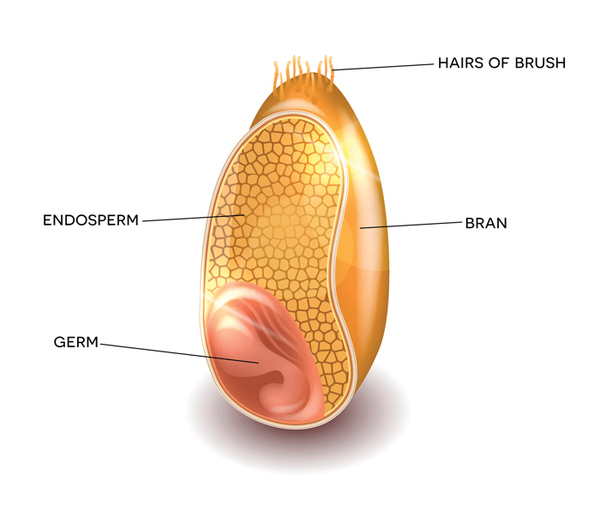
Wholemeal vs wholegrain
“Wholegrain” doesn’t just refer to the visible grains you can see in bread. Grains can be processed and separated into their three constituent parts (bran, germ and endosperm) and will still retain their nutrients, so as long as the three parts are added back into the food in the same proportions as the original unmilled grain, a food can still be classified as wholegrain.
Breads made from wholemeal wheat flour are therefore a source of wholegrain, even if they don’t contain visible grains. On the flipside, multigrain breads might be bursting with obvious wholegrains, but are usually made from refined wheat (white) flour, and can have a lower overall wholegrain content than smooth, wholemeal bread. And both bread types are sometimes made with a combination of wholemeal and white flour.
How to choose a healthy bread
We asked Lisa Renn, Accredited Practising Dietitian and Spokesperson for the Dietitians Association of Australia what to consider when choosing bread.
Look for wholegrain
“Look for the words ‘wholemeal’ or ‘wholegrain’ high up in the ingredients list – wholegrain flour in particular,” suggests Renn. “Not only are wholegrains a good source of protein, dietary fibre and vitamins and minerals, but products made with wholegrains usually have a lower glycaemic index (GI) because the grains take longer to digest,” she says. And this slow release of energy means you stay full for longer.
The Grains and Legumes Nutrition Council (GLNC) sets a daily wholegrain target intake of 48g for adults and children nine years and over, and claims permitted by its voluntary industry standard include ‘contains whole grain’ (if the product has ≥8g wholegrain per serve), ‘high in whole grain’ (≥16g per serve) and ‘very high in whole grain’ (≥24g per serve), so check for these statements on the pack.
Check fibre content
“Next, check for fibre content – the higher the better. One of the benefits of wholegrain bread is that it will contain all three types of fibre – insoluble, soluble and resistant starch – as it uses all parts of the grain,” says Renn.
According to the Food Standards Code, a product is considered to be a ‘source of’ fibre if it contains at least 2g of dietary fibre per serve, a ‘good source’ if it contains at least 4g per serve and an ‘excellent source’ if a serve contains at least 7g of fibre.
Watch the salt
High-salt diets are associated with increased blood pressure, a known risk factor for heart disease and stroke, and breads can make a significant contribution to our salt intake. To help lower the Australian population’s salt intake, the government’s Food & Health Dialogue in 2010 collaborated with the bread industry to reformulate defined bread products (including sliced loaf breads) in order to meet a sodium content target of 400mg per 100g or less by the end of 2013.
A certain amount of salt is needed in bread production to help it rise and develop texture, but the amount used can vary depending on the type of bread and the manufacturer. For example, research from the George Institute found that rye bread – generally considered to be a healthy option – contained on average 468mg sodium per 100g, with some products containing as much as 660mg per 100g. While OK for most, “this amount could be of concern for people with high blood pressure who are trying to limit their sodium intake,” says Renn.
Claims you can’t count on
Front-of-pack claims about fibre or wholegrain content can help when deciding which bread to buy. But other claims on the pack may be less helpful than you think.
‘Made from unbleached flour’
In the past, flour bleaching agents such as chlorine (additive 925), chlorine dioxide (926) and benzoyl peroxide (928) were used for aesthetic purposes to achieve whiter loaves of bread. But bread flour in Australia hasn’t been bleached for at least the last 15 years.
‘No artificial preservatives’
This claim frequently appears on bread packs, but rarely do supermarket sliced breads contain synthetic preservatives. Instead, many contain vinegar to prevent mould growth and retain freshness.
‘No added sugar’
It’s a widely held belief that white sliced bread contains added sugar. This may be the case in other countries, but – sweet breads like brioche aside – the small amount of sugar you see listed in the nutrition information panel in Australian breads is usually the type that occurs naturally in other ingredients or is produced by the yeast during the fermentation process.
Australian bread market dominated by two companies
The plethora of brands on the supermarket’s bread shelves may create the illusion of a competitive market, but a large proportion of those brands are owned by just two companies (that also make breads sold under supermarkets’ own brands). Here’s a sample of the brands (wholemeal and otherwise) they own:
- George Weston: Abbott’s Village Bakery, Bürgen, Gold Max, Tip Top (9 Grain, Sunblest, The One)
- Goodman Fielder: Buttercup, Country Life, Helga’s, Lawsons, Mighty Soft, Molenberg, Wonder White
Wholemeal bread recipe
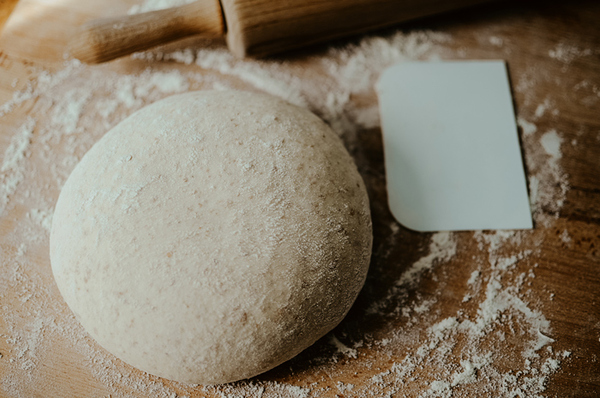
This recipe, from CHOICE home economist Fiona Mair, makes 1kg wholemeal multigrain bread.
Ingredients
- 2 ½ cups (375g) wholemeal plain flour
- 1 ½ cups (225g) bread flour or plain flour
- 1 ½ tsp salt
- 1 tbsp sugar
- ¾ tsp bread improver(optional)*
- 2 ½ tbsp milk powder
- 2 tsp dry yeast
- 2 tbsp bulgur wheat (burghul)
- 1/3 cup linseeds or sunflower seeds
- 2 tbsp vegetable oil
- 1 ½ cups (375mL) warm water
Method
- In a stand mixer bowl add all the dry ingredients except the cracked wheat and the seeds, combine, then add the oil and water.
- Using the dough attachment, turn the mixer to a low speed to gradually combine the wet and dry ingredients. (If the dough is too dry add a tablespoon of water at a time or if it’s too wet add a tablespoon of flour at a time to get a soft elastic dough).
- Add the cracked wheat and seeds.
- Gradually increase the speed and knead for approximately 7 minutes or until the dough is smooth and slowly springs back when you press your finger into it.
- Pour the dough onto a lightly floured surface and form into a ball, then place the dough into a lightly oiled bowl. Cover with cling wrap and a tea towel and leave in a warm spot for an hour to double in size.
- Punch the dough down and shape the dough into a circle tucking in the bottom of the dough and place in a lined cast iron Dutch oven 21–22cm width or on a lined tray. Another option is to cut the dough in half and shape into rounds, placing them in a lined bread tin.
- Cover the dough with lightly oiled cling wrap and a tea towel and allow to prove for a further 40 minutes.
- Preheat the oven to 210°C (fan-forced).
- Once dough has risen remove the cling wrap and tea towel, brush with milk and sprinkle with sesame seeds if desired
- Place on the middle shelf of your oven, bake for 50 mins or 25–30 mins if halved. You’ll know it’s ready if it sounds hollow when tapped. Remove from the tin and cool on a rack.
Note:
If you prefer to make the bread by hand, follow this method:
- In a large bowl add all the dry ingredients including the cracked wheat and the seeds, gradually mix in the oil and water.
- Once the mixture is combined, pour out onto a floured bench top and knead for at least 10 minutes. (If the dough is too dry add a tablespoon of water at a time or if it is too wet add a tablespoon of flour at a time to get a soft elastic dough). The dough should be smooth, not sticky, and slowly spring back when you press your finger into it.
- Continue to follow method from step 5.
*Bread improver assists in the activation of gluten and helps produce gas which improves the processes of dough kneading and fermentation. Available from supermarkets.

